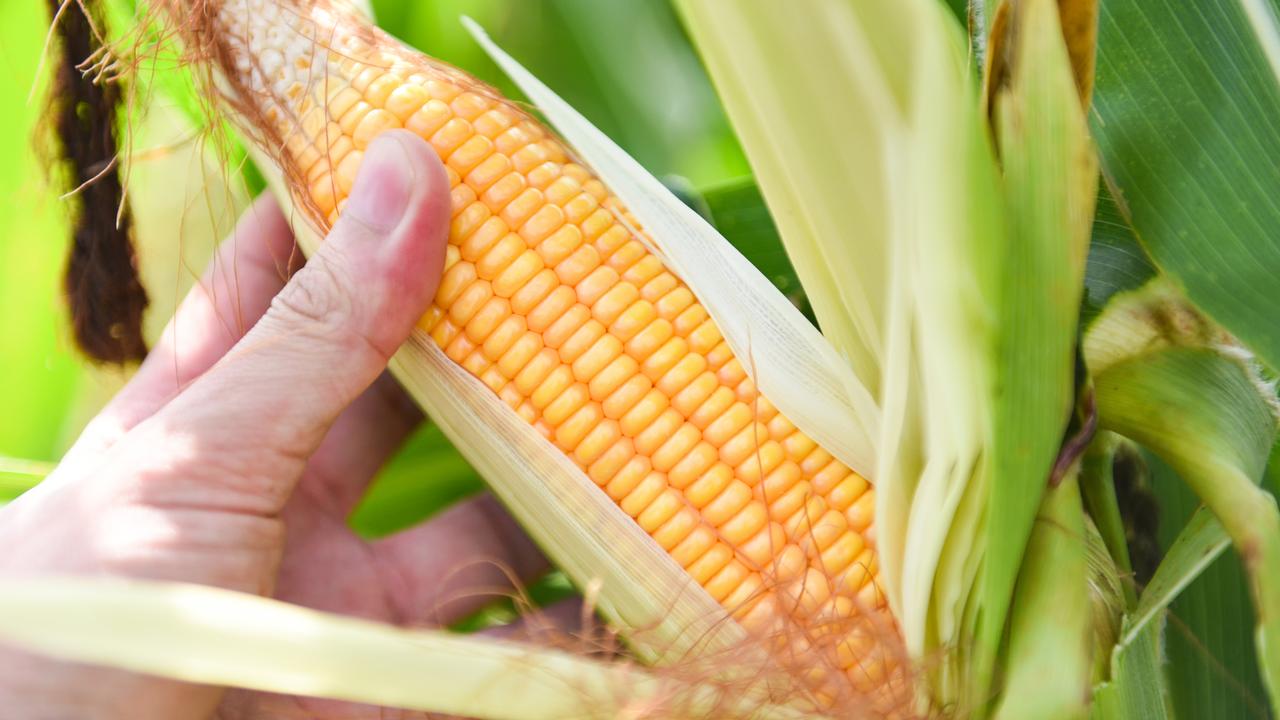Lemon tree care: Identifying symptoms and the right treatment
Lemon trees are subtropical and are sensitive to harsh weather and pests, so keep an eye out and take precautions.
GARDENERS make some damned silly mistakes at times.
I’m no different.
I made a doozy recently. I headed off for a break thinking there would be more than enough rain to keep my two treasured potted lemon trees blissfully happy.
Wrong!
I returned to find one of them thirstier than … (well, let’s just say it was extremely thirsty). And alarmingly, it had shed more than 50 per cent of its leaves.
Thankfully, I got to it just in time with a drink and a good dose of TLC, or as I like to call it, lemon-aid.
Sometimes in Victoria we take our lemon trees too much for granted.
While a good one may go on for years producing magnificent fruit with not a complaint, we can forget that, after all, they are subtropical plants and when subjected to Victoria’s frigid winters, burning frosts, drying winds and parching summers they are prone to troubling ailments.
That’s when lemon-aid is needed.
Inevitably at this time, moving from cool winter toward hot summer, the plaintive plea of “what’s wrong with my lemon tree?” is on many lips.
So what can go wrong, and how do we treat it?
Often the cause might not be initially obvious, yet more often than not a blanket treatment will solve the problem.
LEAVES FALLING OFF
THERE are several possible causes, from poor drainage and salty winds to heavy frosts, excessive fertiliser or, as was the case with my lemon tree, insufficient watering.
Even too much watering can cause leaf drop, and don’t rule out nutrient deficiency.
A good rule is to fertilise trees under eight years old every six weeks, and to regularly feed with a smaller amount of fertiliser from October to February when fruit is developing.
After several years, too, potted trees can become root-bound, making the root ball prone to drying out and the potting mix becoming water repellent, leading to stress and leaf drop.
In this case, it could be time to re-pot the plant into a larger container of new potting mix. Or at least, carefully lift the tree from the pot, eliminate some outer potting mix, trim back roots a little and place the tree back in the pot with new potting mix.
SLUGGISH GROWTH AND POOR START TO FRUITING
LIKELY it’s been planted in the wrong spot and is feeling the cold, or not getting enough sun. A move could be the answer.
YELLOW LEAVES
IF YELLOWING is toward the leaf tips at the end of winter, it is likely to be because of excessive cold. Or it can be nutrient deficiency. Either way, a feed of a citrus-specific fertiliser and warming days should solve the problem.
Yellowing between the green veins of leaves generally indicates a lack of iron or zinc. Again, a citrus-specific fertiliser should do the trick
KNOBBLY GROWTHS ON TRUNK AND BRANCHES
ALMOST certainly the result of citrus gall wasp. In Victoria it’s on the increase.
If left unchecked it will severely weaken the tree.
The growths or galls are caused by the tree fighting back against the larvae of wasps that lay their eggs on and under soft tissue.
Cut away galls with a sharp knife or small saw and destroy.
Ideally this should have been done before the end of August.
COVERING OF SOOTY SUBSTANCE
LIKELY sooty mould, an indication of invasion by insects such as white fly or scale. In the process of sucking sap, they secrete honeydew, which in turn promotes the growth of fungal or sooty mould. Again, spray a few times with white oil.


